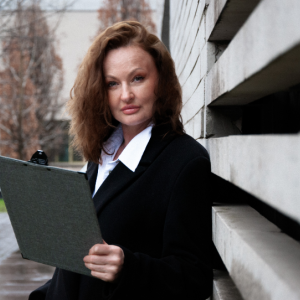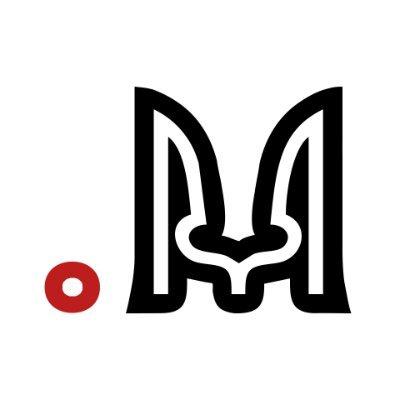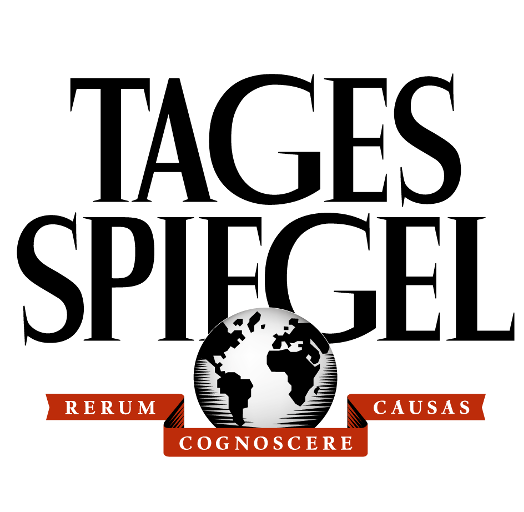Based on open sources and interviews with museum professionals, human rights defenders, Ukrainian authorities and international experts, this investigation reconstructs the mechanisms Russia used to export and 'legalise' Ukrainian museum collections. These mechanisms include the use of fictitious contracts, the integration of stolen artefacts into Russian federal catalogues, and the involvement of collaborators who sometimes stored or delivered the looted items personally.
Ukraine has been working to respond by digitally cataloguing stolen items (2023–2025), documenting crimes and cooperating with Interpol and the Art Loss Register. However, progress is being hindered by bureaucracy and a lack of institutional capacity. Meanwhile, Russia has ignored international inquiries and continues to attempt to legitimise the looted heritage through its museum networks.
The investigation also examines international restitution practices, with a focus on the successful efforts of Italy and Germany. Italy’s S.W.O.A.D.S. system uses artificial intelligence to identify stolen works and is a model that Ukraine is beginning to adopt.
Crucially, experts and legal analysts argue that these actions constitute more than theft; they represent cultural genocide. There is an increasing call for international prosecutions and sanctions targeting cultural war crimes.
Key Findings:
- The looting of 46 museums has been confirmed.
- Fictitious 'evacuation' contracts are being used in Crimea to cover up theft.
- Russia is attempting to integrate the stolen items into its museum infrastructure.
- Stolen artefacts are being sold or exhibited abroad.
- Ukraine's response includes creating digital inventories, seeking international cooperation and making legal appeals.
- A comparison with the restitution models of Italy and Germany underscores the gaps in Ukraine’s protection policies.
Methodology:
A wide range of journalistic techniques were employed in the investigation.
- Monitoring online markets and auctions for stolen artefacts.
- Using AI tools to track the movement of looted items.
- Exclusive interviews were conducted, including with the director of the Tavrida Museum in Crimea and the head of the Italian Carabinieri art unit.
- Obtaining new data from the Office of the Prosecutor General of Ukraine.
- Formal inquiries were sent to Russian museums and cultural institutions, but these went unanswered.
- Around 30 experts from Ukraine, Germany, Poland and Italy were involved in the investigation.
Photo credit: Ukrainian.media





